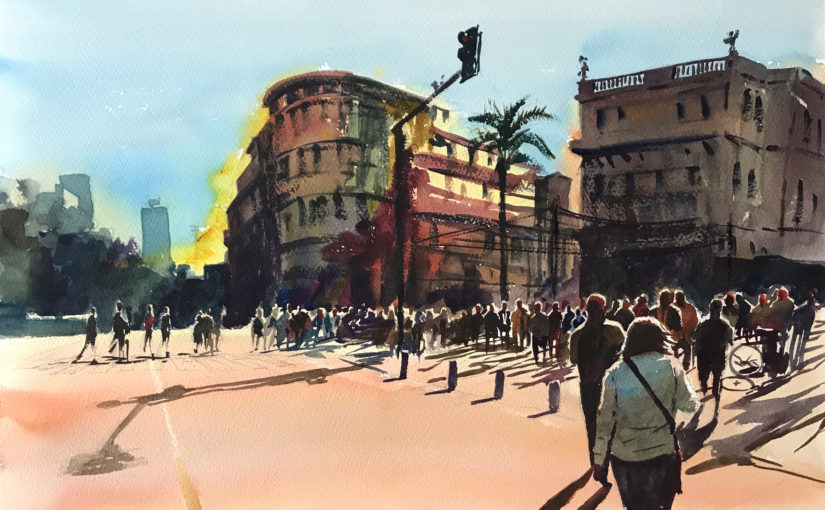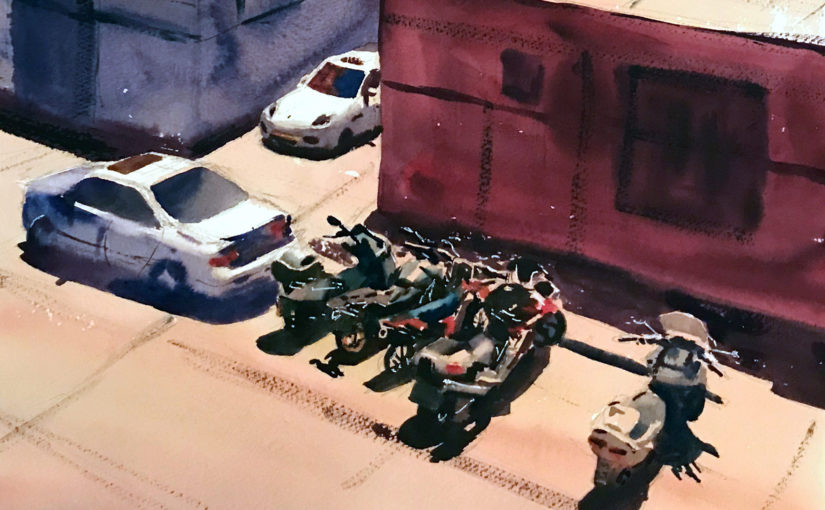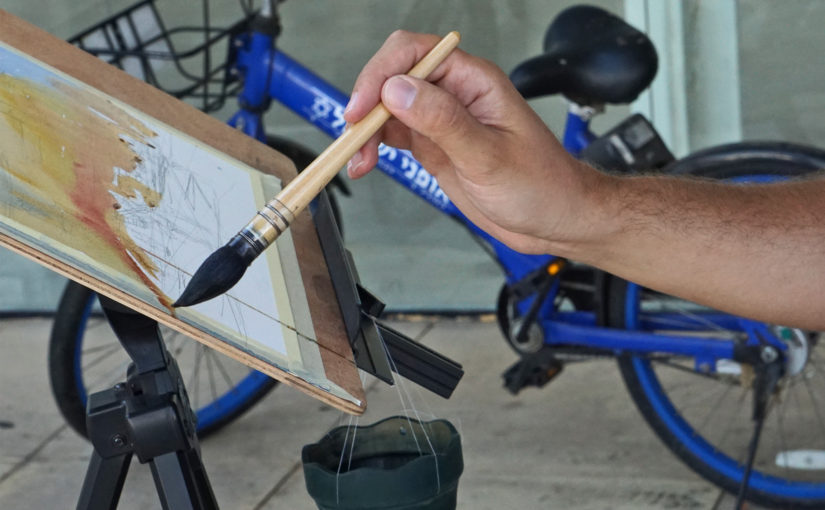Podcast: Play in new window | Download
Art, creativity and the art business. In this episode we’ll talk about what it REALLY takes to grow on social media as an artist, and how to do it FAST!
This episode is actually based on a YouTube video I published a short while ago. Here it is!
As a quick note – I’m taking a very MACRO approach to this. I’m giving you the general guidelines I found work for me, and the overall approach and strategy.
Another note – For more specific tips on INSTAGRAM, be sure to check out my LinkedIn or Medium post on the topic.
Here’s a quick summary of the tips:
How to REALLY Grow on Social Media – For Artists
1. Choose your platform.
Every type of art will better index on different platforms. As a visual artist, I’m focusing on YouTube, Instagram, Pinterest and Facebook. Different types of art will find different homes.
2. Learn the rules.
Every platform has its own rules and best practices. Doing them can really help you with local growth. Another distinction for some new insights I gained – don’t let the platform rules dictate your actions or truth. Do what’s right for you, while following the best practices as much as possible.
3. Put in the work
That’s the first, second and third most important part. Post A LOT. Interact with others. Live on the platform. Learn and constantly innovate. Gain inspiration from others. And post A LOT (;
Also – be consistent, that means a lot for the audience following you.
4. Be Patient
Growth takes time. It may sometimes seem like you are putting so much work, with zero results to show for it. You don’t want to be delusional – so make sure you put out good content that HELPS / ENTERTAINS your audience. But if you’re really doing that, all you have left to do is be patient.
That’s also the time to mention – be grateful for the following you DO have. Reply to comments and messages and be there for them.
Conclusion
I hope you found this one helpful! Trying to dip into some meta topics that will help not just in the artistic sense – but also in building a brand and a business around your art.
Let me know if there’s anything you want me to talk more about (art or non-art) or elaborate on.
Here’s where you can reach out…
Liron Yanconsky
YouTube – Liron Yanconsky Art
LinkedIn – Liron Yanconsky
Pinterest – Liron Yanconsky
Instagram – @LironYanIL
Twitter – @LironYan





